Oil refineries are complex facilities where crude oil is transformed into valuable fuels and petrochemical products through high-temperature, high-pressure processes. These operations involve handling large volumes of flammable, toxic, and reactive gases, making gas leak detection an essential component of safety and regulatory compliance.
we provide advanced fixed & portable gas detection solutions tailored to the unique hazards of each refining unit—ensuring operational safety, protecting personnel, and minimizing environmental impact.
Here are some of the key processes in the Oil Refinery.
Crude Oil Distillation & Desalting
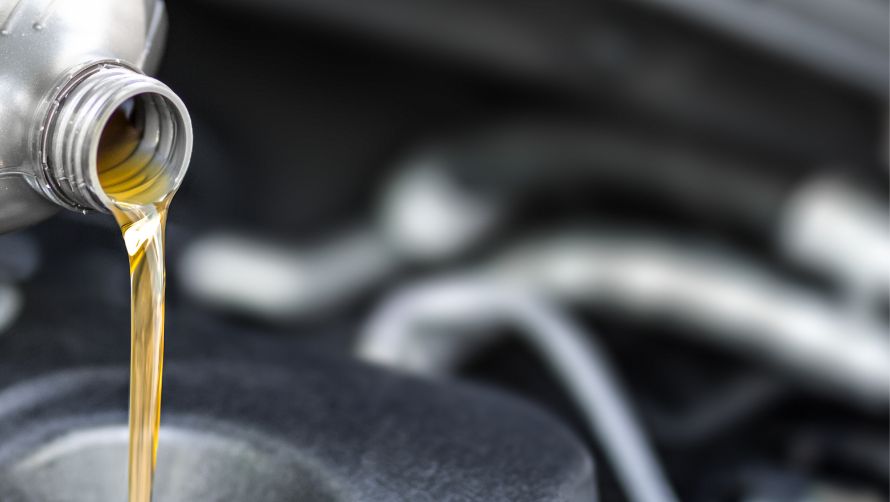
Crude oil distillation is the primary refining process that separates crude oil into different fractions by heating and vaporizing it based on boiling points. Desalting removes salts and impurities from crude oil to protect downstream equipment. This process operates at high temperatures and pressures, handling hydrocarbons and volatile compounds.
Types of Gases Present
Carbon Monoxide (CO) – Toxic gas from combustion processes.
Volatile Organic Compounds (VOCs) – Emitted during heating and vaporization, harmful and flammable.
Hydrogen Sulfide (H2S)– Toxic gas present in sour crude oil.
Hydrocarbons– Flammable gases leaking from equipment and piping.
Distillation Columns & Overhead Vapors
Leaks may occur at trays, valves, and pressure relief devices, releasing hydrocarbons and VOC vapors.
Fixed Point Detectors: Fixed hydrocarbon and VOC detectors near column overhead, reflux zones, and relief valves.
Portable Detectors: Portable detectors during maintenance and turnaround inspections.
Desalting Unit & Heaters
Leaks of H₂S and hydrocarbons can happen due to corrosion or equipment faults in desalters and heaters.
Fixed Point Detectors: Fixed H₂S and LEL gas detectors near heaters, desalting tanks, and associated piping.
Portable Detectors: Portable detectors for leak checks during shutdown/startup and routine inspections.
Pumps & Valve Stations
Mechanical seals and packing can leak hydrocarbons and H₂S.
Fixed Point Detectors: Fixed LEL and H₂S detectors in pump rooms and valve clusters, especially in confined spaces.
Portable Detectors: Portable detectors for routine patrols and leak surveys.
Conversion Units (Cracking, Reforming)
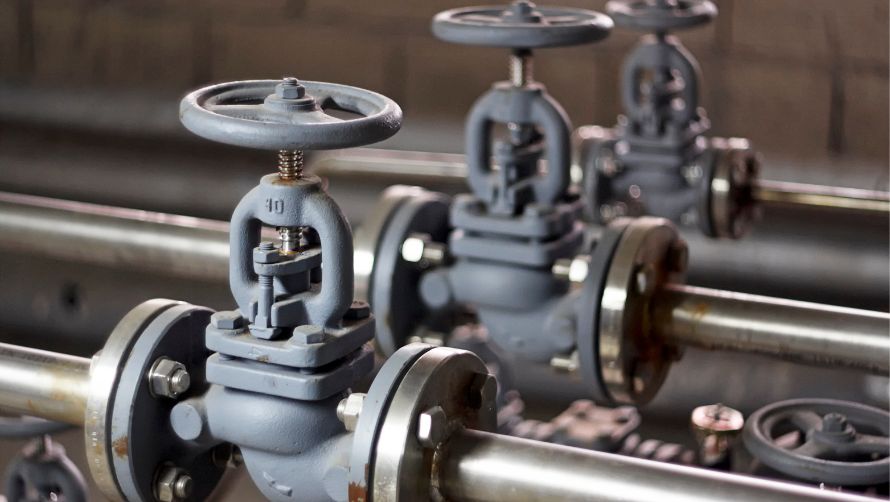
Conversion units such as catalytic cracking and reforming convert heavier hydrocarbons into lighter, more valuable products like gasoline and olefins. These processes operate at high temperatures and pressures with catalysts, generating significant volumes of hydrogen and hydrocarbons. The units involve complex reactors, regenerators, and fractionators.
Types of Gases Present
Carbon Monoxide (CO) – Toxic gas generated during catalyst regeneration.
Hydrogen Sulfide (H2S)– Present in trace amounts in feedstocks and by-products.
Hydrogen (H2)– Highly flammable and explosive gas used and produced in these units.
Hydrocarbons (C₁–C₄) – Flammable gases that can leak from reactors and piping.
Reactor & Regenerator Vessels
High-pressure vessels where catalyst and feedstock reactions occur, risk of H₂ and hydrocarbon leaks.
Fixed Point Detectors: Fixed hydrogen and LEL detectors near reactor outlets, regenerators, and vent stacks.
Portable Detectors: Portable detectors for routine leak surveys and maintenance inspections.
Piping & Valve Stations
Extensive piping networks and valves carry gases under high pressure, common leak points.
Fixed Point Detectors: Fixed gas detectors at valve clusters, flange joints, and pump rooms.
Portable Detectors: Portable detectors used for patrols and leak detection around piping.
Flare Lines & Vent Systems
Flaring systems vent excess gases; potential leaks around flare tips and headers.
Fixed Point Detectors: Fixed LEL and hydrocarbon detectors near flare headers and pilot lights.
Portable Detectors: Portable detectors for flare maintenance checks.
Hydrotreating & Desulfurization
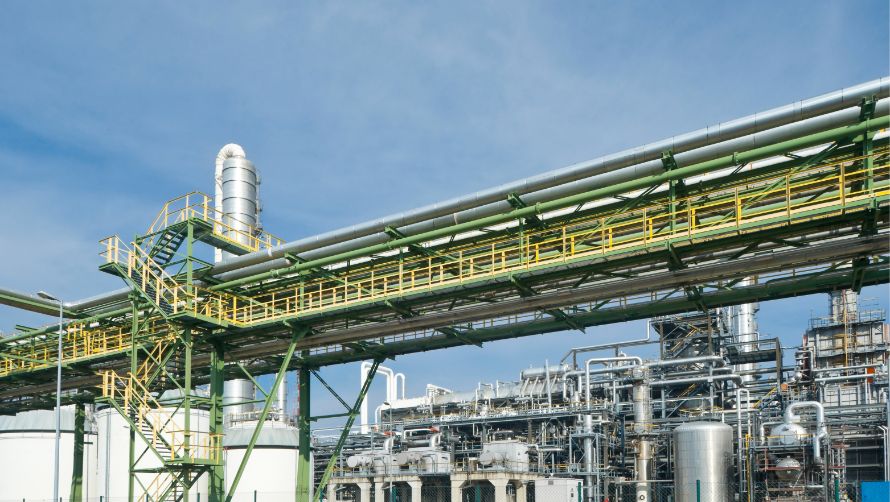
Hydrotreating and desulfurization processes remove sulfur and other impurities from petroleum fractions by treating them with hydrogen over catalysts at elevated temperatures and pressures. This improves fuel quality and reduces harmful emissions. The process handles toxic gases and requires precise monitoring to ensure safety and efficiency
Types of Gases Present
Hydrogen Sulfide (H2S)– Highly toxic and corrosive gas released during sulfur removal.
Hydrogen (H2)– Flammable gas used in the reaction process, leakage risk is significant.
Hydrocarbons –Flammable gases from leaks in piping and vessels.
Ammonia (NH3)– Sometimes formed during treatment, toxic and irritant gas.
Reactor Vessels & Catalyst Beds
High-pressure reactors where hydrogen and sulfur compounds react, leak risk of H₂ and H₂S.
Fixed Point Detectors: Fixed H₂S and hydrogen detectors near reactor outlets and catalyst areas.
Portable Detectors: Portable detectors for inspection during shutdowns and maintenance.
Separator & Stripping Units
Separation of treated streams may release H₂S and ammonia vapors.
Fixed Point Detectors: Install H₂S and NH₃ detectors near separators and stripper units.
Portable Detectors: Portable detectors for routine leak surveys and confined space entry checks.
Piping & Valve Stations
Leaks common at valves and flanges due to high pressure and corrosive gases.
Fixed Point Detectors: Fixed detectors at valve clusters and pump stations.
Portable Detectors: Patrol with portable detectors during rounds and leak investigations.
Sulfur Recovery & Amine Treating Units
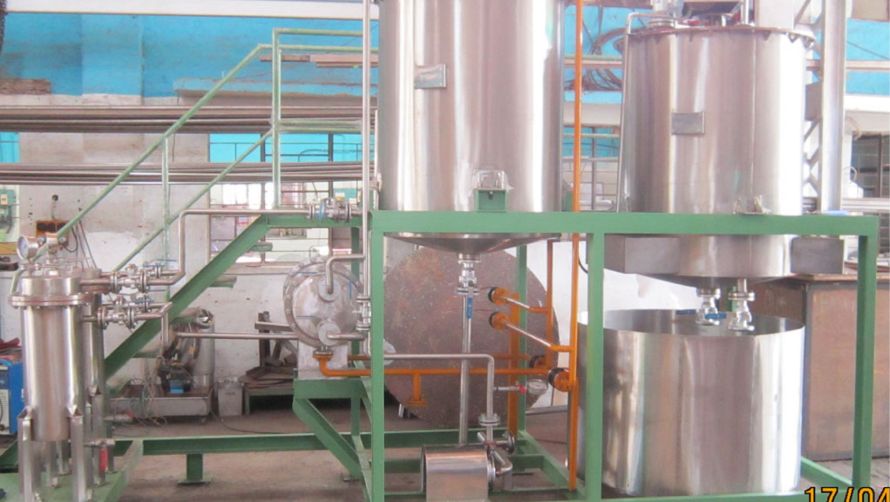
Sulfur recovery units (SRU) convert hydrogen sulfide (H₂S) from refinery gas streams into elemental sulfur, reducing harmful sulfur emissions. Amine treating units remove H₂S and CO₂ from refinery gases using amine solutions. Both units handle highly toxic and corrosive gases requiring continuous monitoring for leak detection and safety.
Types of Gases Present
Hydrogen Sulfide (H2S)– Extremely toxic and corrosive, primary gas handled and emitted if leaks occur.
Sulfur Dioxide (SO2) – Produced during sulfur recovery, harmful to health and environment.
Carbon Dioxide (CO2) – Present in amine gas streams, generally non-toxic but displaces oxygen.
Hydrocarbons –Possible leaks from associated piping and vessels
Amine Absorbers & Regenerators
Vessels where acid gases are absorbed and stripped; high risk of H₂S leaks.
Fixed Point Detectors: Fixed H₂S detectors at absorber overheads, regenerators, and flare knockout drums.
Portable Detectors: Portable H₂S detectors during maintenance and inspections.
Sulfur Recovery Reactors & Claus Units
Units where H₂S is converted to sulfur; leaks can release H₂S and SO₂.
Fixed Point Detectors: Fixed H₂S and SO₂ detectors near reactor vessels, tail gas units, and sulfur pits.
Portable Detectors: Portable detectors during turnaround and maintenance activities.
Piping, Flanges & Valves
Leak points common due to corrosive gases and high pressure.
Fixed Point Detectors: Fixed H₂S detectors at critical valve clusters and pump areas.
Portable Detectors: Portable detectors for leak detection patrols.
Storage, Transfer & Loading Operations
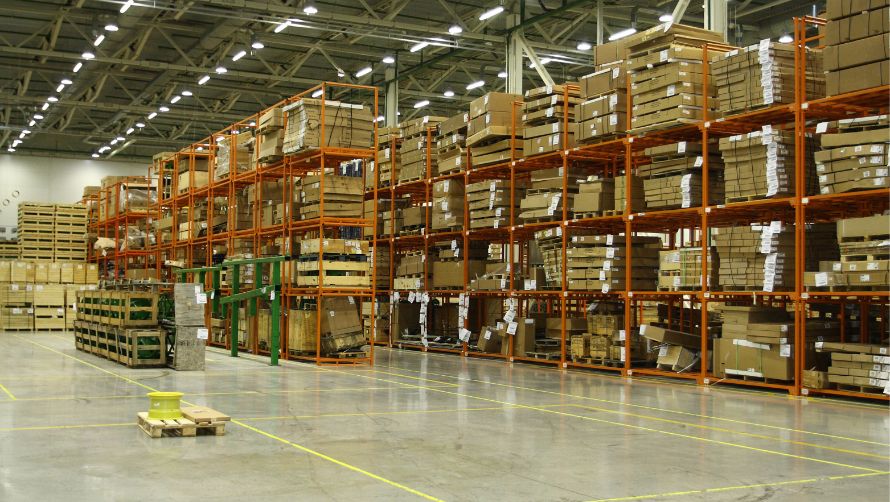
Storage tanks and transfer systems hold and move refined products and crude oil within the refinery and to external transport. These operations involve volatile hydrocarbons and gases that can leak during filling, storage, and transfer, posing fire, explosion, and toxic hazards. Monitoring gas leaks is critical to safe handling and environmental protection.
Types of Gases Present
Hydrogen Sulfide (H2S)– May be present in sour crude or intermediate products.
Hydrocarbons (VOCs) – Volatile organic compounds released from storage tanks and during transfer.
Flammable gases (LEL gases) – From leaks in piping, valves, and loading arms.
Storage Tanks & Vents
Vapor emissions from floating roofs, vents, and tank seals.
Fixed Point Detectors: Fixed VOC and LEL detectors near tank vents, roofs, and bunds.
Portable Detectors: Portable detectors for regular inspection and leak surveys around tanks.
Transfer Pumps & Loading Arms
Leaks can occur during pumping and product loading/unloading operations.
Fixed Point Detectors: Fixed LEL and VOC detectors near pump stations and loading docks.
Portable Detectors: Portable detectors during product transfer and loading activities.
Piping & Valve Stations
Valves, flanges, and joints in transfer lines are common leak points.
Fixed Point Detectors: Fixed detectors at valve clusters and pipeline corridors.
Portable Detectors: Patrol with portable detectors for leak detection and preventive maintenance
Utilities, Boilers, Flares & Waste Systems
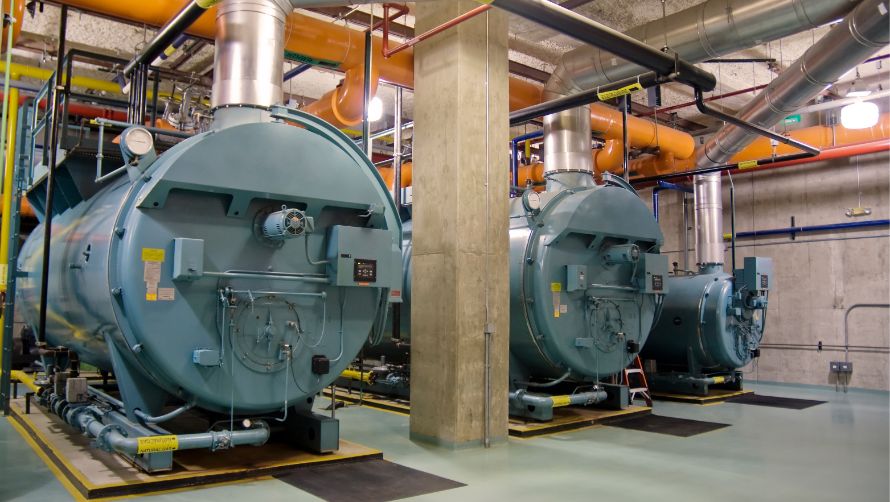
Utility systems in refineries include boilers, flares, and waste gas handling units. Boilers generate steam using fuels that can emit CO and unburned hydrocarbons if leaks occur. Flares safely burn excess hydrocarbons and gases during normal operation or emergencies. Waste systems manage off-gases and effluents that may contain toxic or flammable gases. Continuous gas monitoring ensures safe operation and emission control.
Types of Gases Present
Hydrogen Sulfide (H2S)– Present in flare gas and some waste streams.
Carbon Monoxide (CO)– Toxic gas produced by incomplete combustion in boilers.
Flammable gases (LEL gases) – From leaks in piping, valves, and loading arms.
Sulfur Dioxide (SO2)– Formed during combustion of sulfur compounds.
Boiler Rooms & Combustion Chambers
Risk of CO and flammable gas leaks due to incomplete combustion or fuel leaks.
Fixed Point Detectors: Fixed CO and LEL gas detectors in boiler rooms and fuel supply lines.
Portable Detectors: Portable detectors for maintenance checks and confined space entry.
Flare Stacks & Gas Recovery Systems
Flares burn excess gases, but leaks can occur at flare tips, headers, and gas recovery units.
Fixed Point Detectors: Fixed LEL, H₂S, and SO₂ detectors near flare headers and recovery units.
Portable Detectors: Portable detectors during flare system inspections and maintenance.
Waste Gas Treatment Units
Off-gases from treatment units may contain toxic or flammable gases.
Fixed Point Detectors: Fixed detectors near waste gas scrubbers and vents.
Portable Detectors: Portable detectors during routine monitoring and maintenance.
Hydrogen Production (SMR)
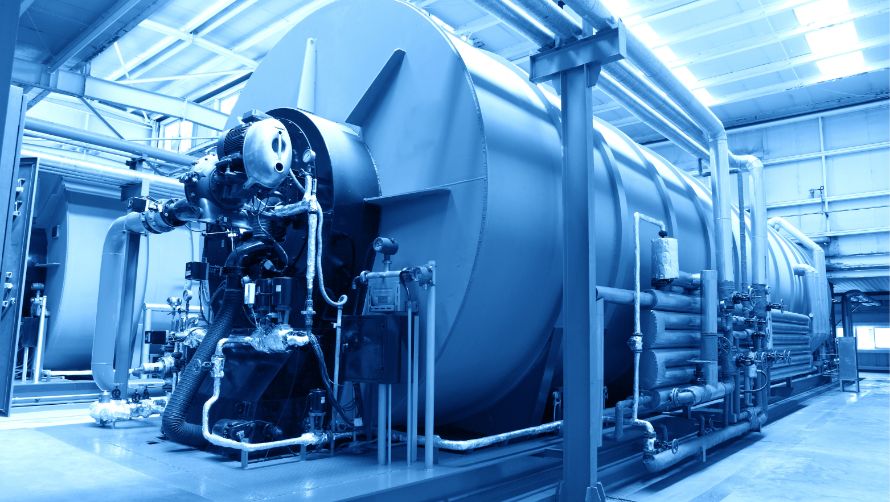
Hydrogen is produced on-site in refineries primarily via steam methane reforming (SMR) or partial oxidation (POX). It is critical for hydrotreating and other processes. Hydrogen is highly flammable and leaks pose serious explosion risks. Handling involves compression, storage, and distribution systems, all requiring vigilant gas detection for safety.
Types of Gases Present
Carbon Monoxide (CO)– Toxic gas generated during reforming.
Hydrogen (H2)– Extremely flammable, leaks can cause explosions.
Methane (CH4)– Unconverted feedstock or purge gas leaks.
Reformers & Reactors
High-temperature units where hydrogen and CO are produced; leak risk at seals and piping.
Fixed Point Detectors: Fixed hydrogen and CO detectors near reactors and reformer units.
Portable Detectors: Portable detectors for inspection during maintenance and turnaround
Compressors & Storage Tanks
Hydrogen compressors and storage vessels are critical leak points due to high pressure.
Fixed Point Detectors: Fixed hydrogen detectors in compressor rooms and near storage tanks.
Portable Detectors: Portable detectors for leak surveys and safety checks.
Piping & Valve Clusters
Extensive piping for hydrogen distribution prone to leaks at joints and valves.
Fixed Point Detectors: Fixed hydrogen detectors at valve clusters and pipeline corridors.
Portable Detectors: Portable detectors for routine patrols and leak investigations.
